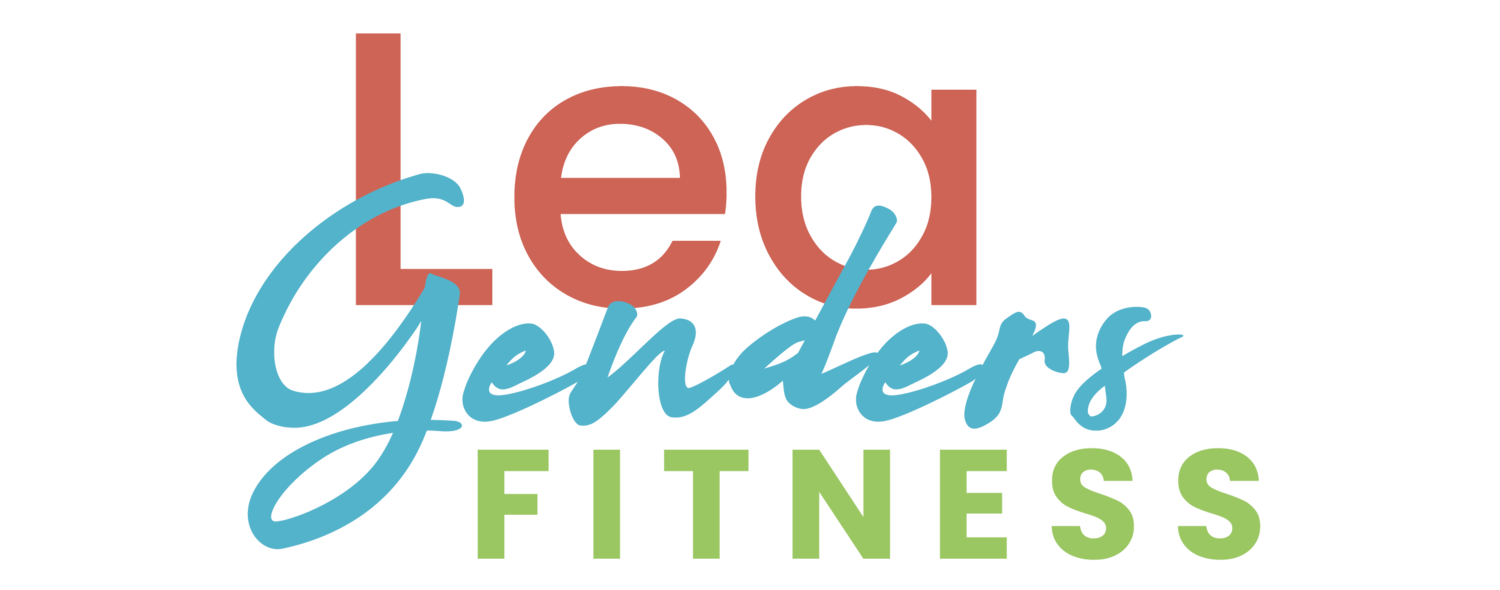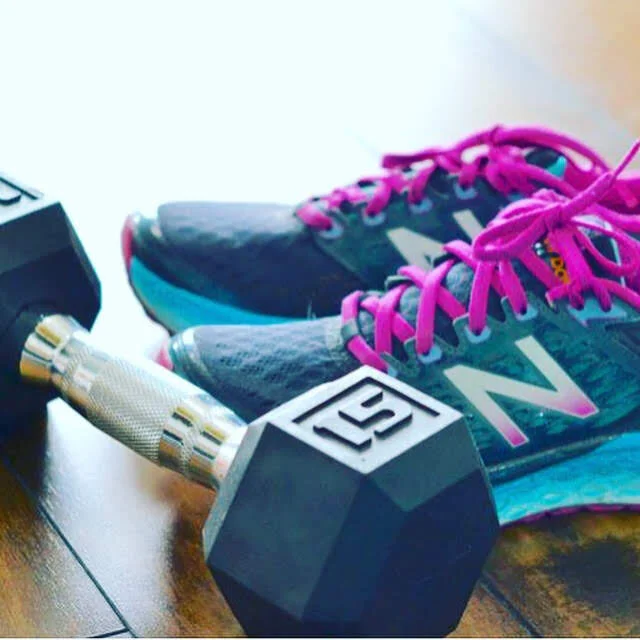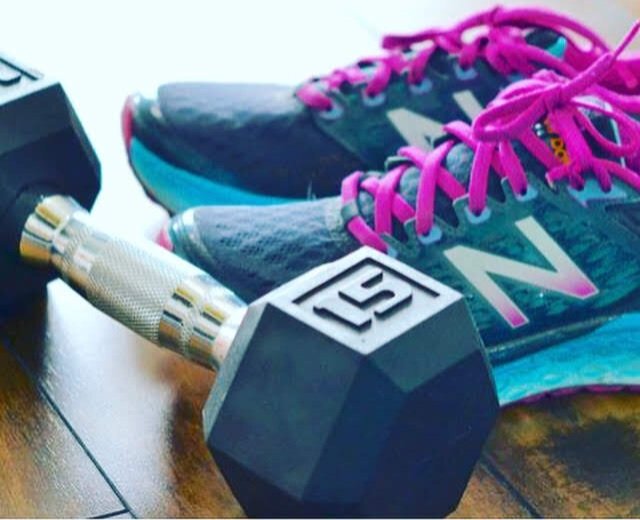When Alanis Morissette wrote that song in the 90s about irony, I feel like there should have been a verse in there about gaining weight while training for a marathon. Sing along with me...
It's like training for your marathon day
But the more you ran the more you weighed
It wasn't supposed to be this way
And isn't it ironic, don't you think?
But just like the rest of the song, it's actually not ironic at all. When you are training for a marathon there is no guarantee of weight loss. Isn't that a jagged little pill to swallow? (You see what I did there?) In fact, it is quite common for runners to gain weight during marathon training. Runners of all shapes and sizes are kicking-ass across finish lines all over the world. So what gives? Running obviously burns a lot of calories, shouldn't we all be losing weight when training to run 26.2 miles?
The first thing to consider is that there is a difference between running for performance and running for weight loss. When training for a marathon you are running for performance. You are training your body to have the capacity to run 26.2 miles and that is a pretty amazing feat (but you "earn" less amazing-looking feet.) To lose weight you have to be in a calorie deficit, taking in less calories than you burn, but that is not ideal for running performance and recovery.
WHY YOU GAIN WEIGHT DURING MARATHON TRAINING (IT'S NOT ALWAYS NEGATIVE)
YOU GAIN MUSCLE
One reason the scale may seem to be moving in the wrong direction is a positive thing. You are building muscle mass that wasn't there before. Muscle is more dense than fat, so when you lose fat and gain muscle your body fat percentage goes down (yay!) while your weight goes up or stays the same. The number on the scale may have gone up but you improved your body composition.
YOU INCREASED CARBOHYDRATES (GLYCOGEN) STORES
When you run long distances you are training your body to increase carbohydrate (glycogen) storage in your muscles and liver, which also increases water storage. This is a necessity when you are training to run a marathon. The more glycogen you store the farther you can run without hitting "the wall", but it can add numbers to the scale. It's important to note that this is not fat gain.
YOUR BODY ADAPTS TO THE STRESSES YOU PLACE UPON IT
This is the whole point of marathon training. You train your body to be able to run long distances. You are able to run longer and farther month after month during training. Your body becomes more efficient over time. That means it feels easier to run and you are not expending as much energy. When you first start running your body is less efficient at running, so it burns more calories. Over time your body adapts, becomes more efficient and you burn less calories during the same activity. For marathon training this is a good thing. For weight loss, a double edge sword.
YOU EAT MORE BEFORE YOU RUN
We've all heard of carb-loading before a big race, but when it's used as an excuse to eat junk foods in large quantities, it can be a factor in weight gain. Fueling for your long runs should include a slow increase of calories from carbohydrates from a variety of mostly whole foods. It doesn't mean three servings of pasta and four servings of garlic bread the night before your long run. Dangit, I wish it meant that.
YOU EAT MORE DURING YOUR RUN
On average we burn about 100 calories per mile, obviously this varies from runner to runner. After about 90 minutes of running we usually start needing to fuel during our runs. It's necessary, but another reason that weight loss and creating a calorie deficit while marathon training can be so challenging.
YOU EAT MORE AFTER YOU RUN
Are you seeing a trend here? You just ran 10 miles and your are hungry (or hangry, amiright?). You gulp down a protein shake, take a shower, then meet some friends to treat yourself to an indulgence meal. You can easily put down 1000 calories of burgers, fries and beer. While there is nothing wrong with an indulgence meal, try not to get into the habit of rewarding your hard work with junk food. After all, during marathon training you will be running a lot. If you reward every run with indulgence foods, you can easily out-eat your calorie expenditure.
YOU MOVE LESS THE REST OF THE DAY
After running 14 miles you crash on the couch with your compression socks snuggling your calves while watching a NetFlix marathon. When hubby asks if you want to go to the mall, you grunt out a no-way Jose (even though his name is Russell). The house isn't getting cleaned, the dog isn't getting walked (by you) and you're not moving until you hear the doorbell ring with your dinner delivery.
The calories you burn while walking around doing everyday activities add up. So while you increased your calorie expenditure during your run, you decreased it the rest of the day. With the added food intake, the decreased activity outside of running, you can easily put yourself into a calorie surplus, which can cause weight gain.
FAT LOSS FOR RUNNERS: WHAT YOU CAN DO ABOUT IT
It can be counter-intuitive to have marathon goals and weight loss goals at the same time, but if you want to keep the weight off while marathon training I recommend always focusing on fat loss, not weight loss. Our goal should be to build or maintain muscle while losing fat.
VARY INTENSITY
Your long runs should be long and slow, but after a month or two of building your milage base you can play with the intensity of at least one other run in the week to help with fat loss. Long interval runs (1/2 mile or 1 mile intervals of hard effort repeats) can help with fat loss while improving your marathon pace. Here is a post I wrote about different types of interval runs. For injury prevention be careful never to increase intensity and mileage in the same week. That means if you are adding miles to your long run, don't also add in a new interval workout or increase the intensity/pace of an existing workout. Only introduce new intensity on weeks you aren't adding mileage. This is important. Got it? Good.
FUEL RESPONSIBLY
Yes, when you are marathon training you need to fuel, which means that you will probably need to eat more than usual. However, don't use marathon training as an excuse to binge eat. Increase calories with a variety of nutrient-dense foods from nature and save the treats for occasional indulgences in moderation. I wrote more about nutrition for athletes (yes, that's you) over in this blog post.
STRENGTH TRAIN
Runners who strength train are stronger, faster and less prone to injury. When you are marathon training, running should absolutely be your first priority, but don't neglect strength training. Short and focused runner-specific strength training sessions just twice a week can help you meet your running and fat loss goals. Muscle tissue uses more energy at rest than fat, so when you build lean muscle you burn more calories during your daily activities, like recovering on the couch.
Running a marathon is a fantastic goal. I recommend training and fueling for your marathon with performance as your main focus, even if your personal definition of performance is crossing the finish line without dying. Once you achieve that goal, you can adjust your training and nutrition to focus on fat loss for a period of time before you inevitability start your marathon training all over again.
Any questions about fat loss or weight gain during marathon training? I'd love to help.
Like this post? It helps me when you share with your friends and followers.






































